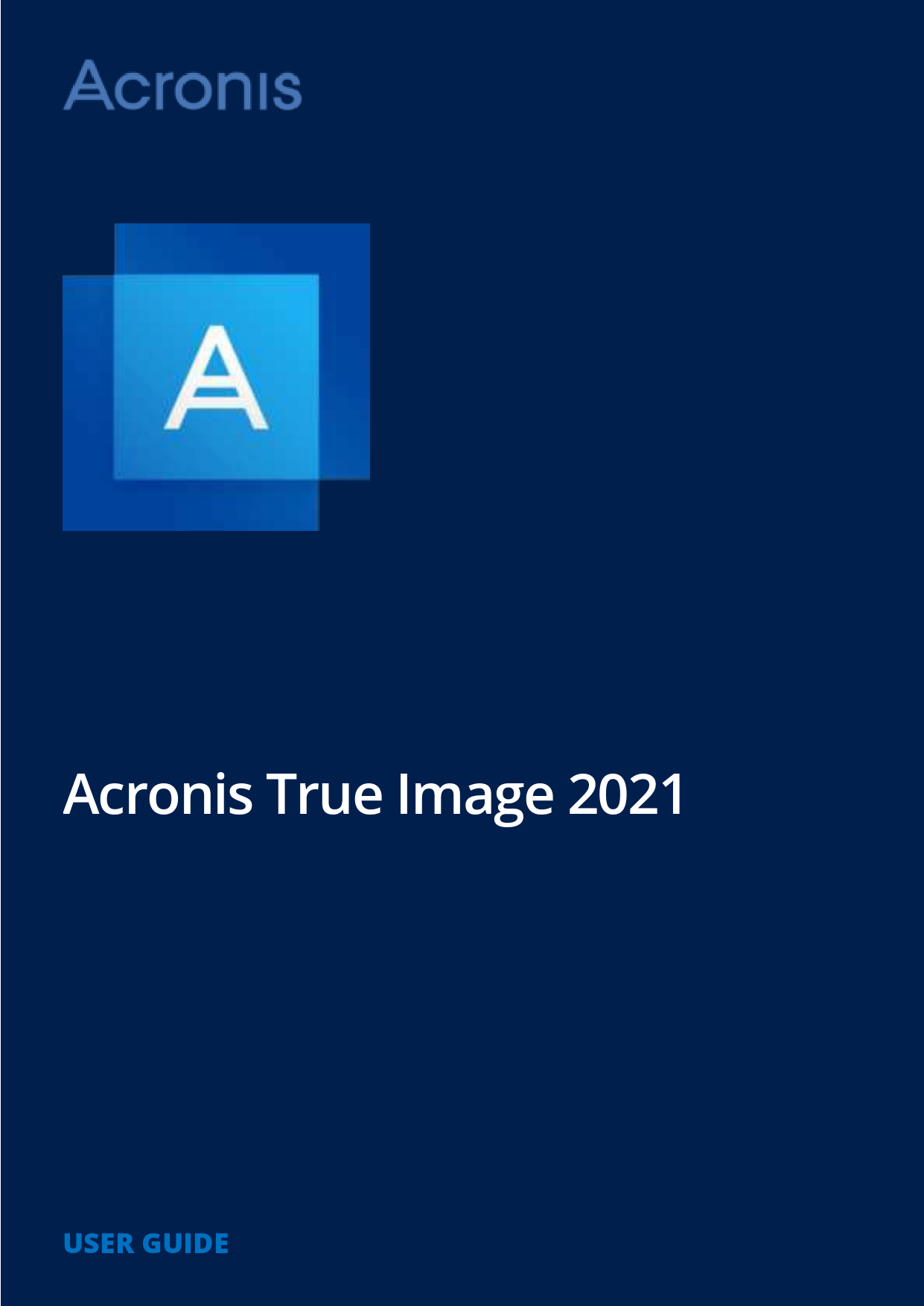Acronis True Image 2021 is a robust data protection solution designed to secure all information on your PC. It offers comprehensive backup capabilities for documents, photos, emails, partitions, and entire disk drives, including operating systems, applications, and settings. The software integrates advanced Antivirus Protection, combining Active Protection and Antivirus scans to defend against various cyber threats like malware, ransomware, and cryptomining.
Key features include disk and file backups to local storage and the Acronis Cloud, hard disk cloning, data archiving, family data protection, file synchronization, and a suite of security and privacy tools. The guide details system requirements, installation procedures, and troubleshooting steps.
Explore features such as real-time antimalware protection, web filtering, videoconference protection, and the redesigned Web Restore page for enhanced cloud data access. Learn about backup file naming conventions, backup schemes, and methods for cleaning up backup versions.
For detailed information on specific functionalities, refer to the relevant sections within this guide, including system requirements, supported operating systems and file systems, internet connection types, supported storage media, and the installation and upgrading process.
